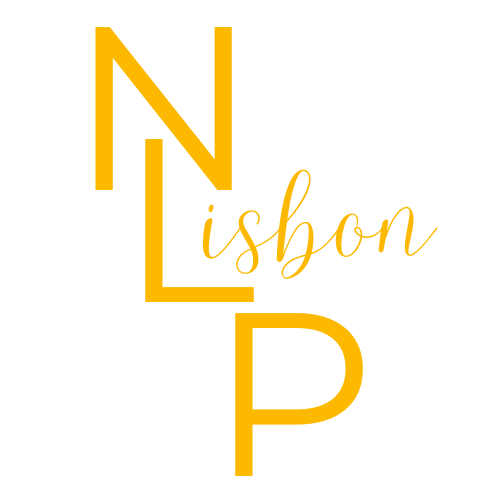Are you feeling stuck in life, unable to break free from negative thought patterns and limiting beliefs? Do you want to create positive change and achieve your goals, but don’t know where to start? If so, it’s time to explore the world of Neuro-Linguistic Programming (NLP). This powerful technique can help you reprogram your mind, overcome obstacles, and achieve success in all areas of your life. And the best part? You can easily practice NLP at home, with no special equipment or training required. In this article, we’ll show you how.
What is NLP?
Neuro-Linguistic Programming (NLP) is a technique that helps individuals to reprogram their minds and behavior. It is based on the idea that our thoughts, language, and behavior are interconnected and can be changed by altering the way we think and speak. NLP has been used in therapy, coaching, and personal development for over four decades, and has been shown to be effective in helping people overcome phobias, improve relationships, and achieve their goals. To learn more about what NLP is, read also this article.
Why Practice NLP at Home?
Practicing NLP at home has many advantages. Firstly, it’s convenient and cost-effective. You don’t need to go to a therapist or attend a workshop to learn the techniques – there are many resources available online that can help you get started. Secondly, it’s private and personal. You can work on your own issues and challenges without the need for anyone else’s input or approval. And finally, it’s empowering. When you take responsibility for your own personal growth and development, you gain a sense of control over your life and your future.
How to Practice NLP at Home
There are many NLP techniques that you can practice at home to create positive change in your life. Here are a few examples:
- Anchoring: Anchoring is a technique that helps you to associate positive feelings or states with a specific stimulus, such as a word, phrase, or gesture. To practice anchoring, think of a time when you felt really confident or happy. Then, choose a word or gesture that you can associate with that feeling. Whenever you want to access that feeling again, repeat the word or gesture.
- Reframing: Reframing is a technique that helps you to see a situation from a different perspective. To practice reframing, think of a situation that you find challenging or stressful. Then, try to see it from a different angle – for example, by imagining how someone else might view it. This can help you find new solutions or approaches to the situation.
- Visualization: Visualization is a technique that involves imagining yourself achieving your goals or overcoming your challenges. To practice visualization, create a mental image of yourself in a situation where you have succeeded or overcome an obstacle. Try to make the image as vivid and detailed as possible, and focus on the feelings of success and accomplishment.
Tips for Success
To get the most out of your NLP practice at home, here are some tips:
- Set clear goals: Before you begin, decide what you want to achieve through NLP. This will help you to stay focused and motivated.
- Start small: Don’t overwhelm yourself with too much information or too many techniques at once. Start with one or two simple techniques and practice them consistently before moving on to more advanced methods.
- Stay consistent: Consistency is key when it comes to mastering NLP. Practice your techniques daily, even if it’s only for a few minutes at a time. This will help you to build momentum and make steady progress.
- Find a community: Practicing NLP on your own can be challenging, so it’s important to find a community of like-minded individuals who can support and encourage you. This could be an online group, a local meet-up, or a coach or mentor.
- Keep learning: NLP is a constantly evolving field, so it’s important to keep learning and staying up-to-date with the latest techniques and research. Attend workshops, read books, and listen to podcasts to continue expanding your knowledge and skills.
- Stay open-minded: NLP is all about exploring new perspectives and ways of thinking, so it’s important to stay open-minded and curious. Embrace the journey of self-discovery and be willing to try new things and challenge your assumptions
By following these tips, you can set yourself up for success in practicing NLP at home. Remember, the key is consistency and dedication, so stay committed to your practice, and you will see results over time.
Seek Professional Help
While it’s possible to practice NLP at home, it’s always a good idea to seek professional help if you’re struggling with specific issues. A trained NLP practitioner can help you identify negative patterns and behaviors, and provide you with the tools and techniques you need to change them. They can also help you set and achieve your goals, and improve your overall well-being.
In conclusion, NLP is a powerful tool that can help you improve your communication skills, build better relationships, and achieve your goals. By reading books and articles on the topic, practicing visualization, improving your language skills, practicing self-awareness, and seeking professional help when needed, you can start practicing NLP at home and experience the benefits it can bring to your life.
Author: Carolin Mallmann


Leave a Reply